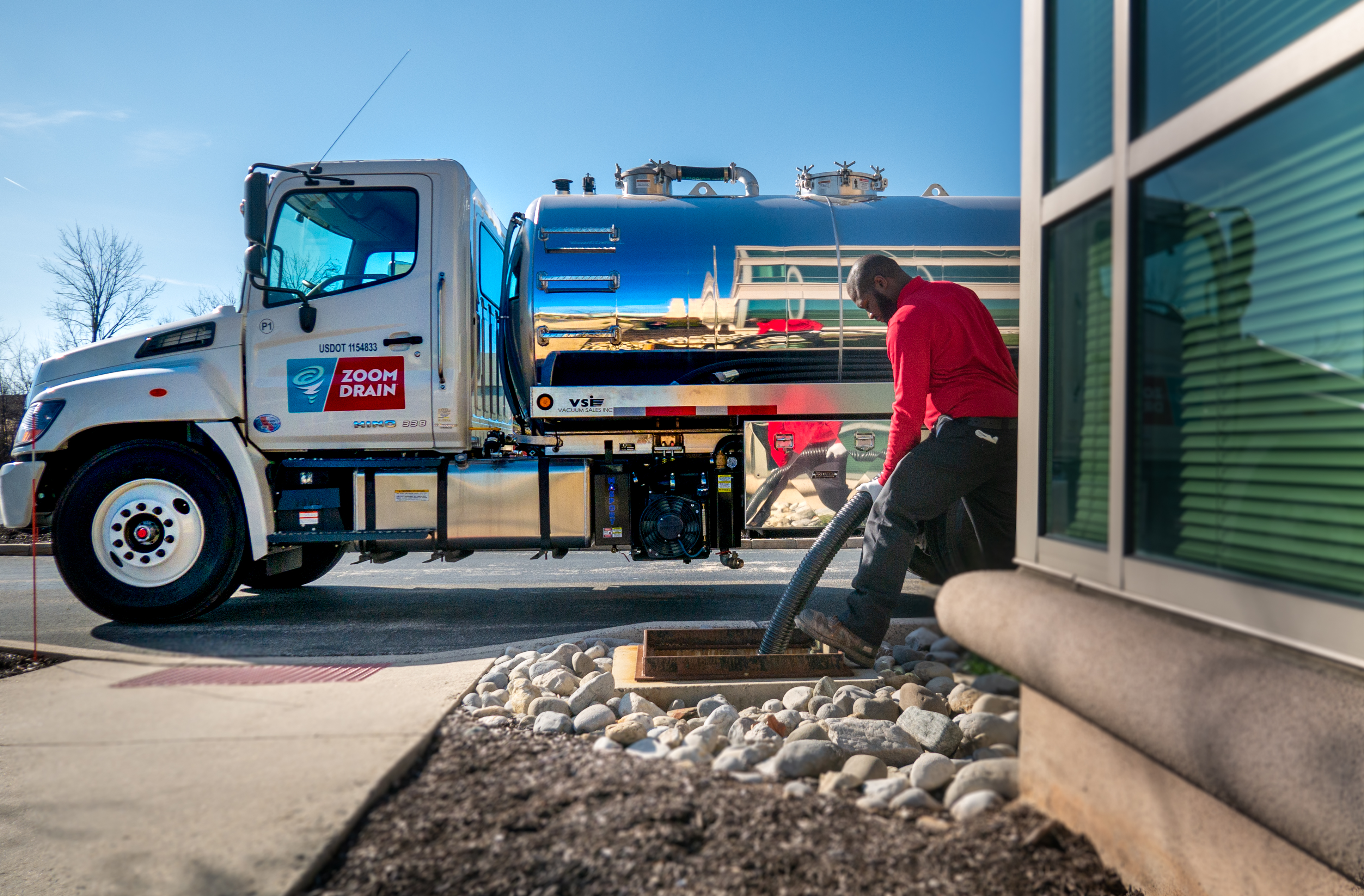Septic Systems 101: What You Need To Know To Keep Your Wastewater Flowing
Posted By: Zoom Drain Franchise
Do you own a home with a septic tank, or as it’s referred to in some areas, a cesspool? It’s recommended that your septic system be inspected once every three years at the very least but what exactly is a septic system, how does it work and how do you know if you have one? Don’t worry, we’re here to drop some knowledge and explain everything you need to know about it.
What Is A Septic System And How Is It Different Than A Sewer?
A septic system is a localized underwater waste management system, often found in rural areas where there is no centralized sewer system. Using a combination of natural and technological components, septic systems manage residential wastewater released into your home’s drains. And while a sewer system carries all wastewater from your home to a wastewater treatment facility, keeping it away from groundwater and cleaning all of the contaminants, a septic tank treats all wastewater at your home. It’s typically beneath your property or on the land your home is built on – and homeowners are independently responsible for its maintenance.
 How Exactly Does A Septic System Work?
How Exactly Does A Septic System Work?
Wastewater is carried away from the home via a main drain, which will take the waste directly to the septic tank. Then, wastewater is collected in a watertight septic tank, most often made of concrete, polyethylene or fiberglass, and the wastewater is held there long enough for solid waste to settle, at the bottom, into a sludge. Meanwhile, the oils and liquids float to the top.
At that point, wastewater exits the tank and into the drainfield. A drainfield is a shallow, covered, excavation made in unsaturated soil. Finally, pretreated wastewater is discharged through piping onto a porous surface that allows wastewater to filter through the soil, which accepts, treats and disperses the wastewater as it percolates and disperses. It’s this final step that actually removes any harmful bacteria naturally, so it's safe for the ground. But, if overloaded with too much liquid, the drainfield can flood – and sewage will flow to the ground surface and lead to nasty backups.
Not sure if your home runs on a septic system or sewer system? Look for these signs:
- No water meter located around your home
- No sewer charge on your water or property bill
- There’s a well on your property
- All of your neighbors have a septic system
How Often Should You Pump Your Septic Tank?
Unlike sewer systems maintained by a city or municipality, homeowners are responsible for the care and maintenance of their septic system. Septic tanks must be routinely pumped to remove sludge and scum that builds up over time. Like many facets of drain care, usage is an important factor in determining how often a septic tank needs to be pumped, like how many people live in your house and how large is your septic tank. Other factors include the amount of wastewater produced daily and how much of that is solid waste. For example, heavy garbage disposal use will result in a more frequent septic tank pumping schedule. As previously mentioned, pumping is recommended at least once every three years but if your home sees much higher usage, it should be more frequently than that – at the discretion of a drain and sewer professional.
What Is The State Of Your Tank?
When you buy a home that uses a septic system, you usually receive the septic tank “as built,” meaning that you accept the system as it currently is. It is imperative that you understand the state of your septic tank in order to make an educated commitment to its upkeep. The best way to discover the condition of your septic tank is with a video inspection, which gives a full report.
If you can’t remember the last time your septic tank was pumped, give us a call or schedule an appointment online – we even have preventative maintenance! Zoom Drain pumping can remove up to 2,000 gallons from 300 feet away, making it possible to access even those hard-to-reach tanks. Our service doesn’t stop with pumping – we also clean the inlets and outlets and treat it with additive enzymes, to keep your system flowing between cleanings.